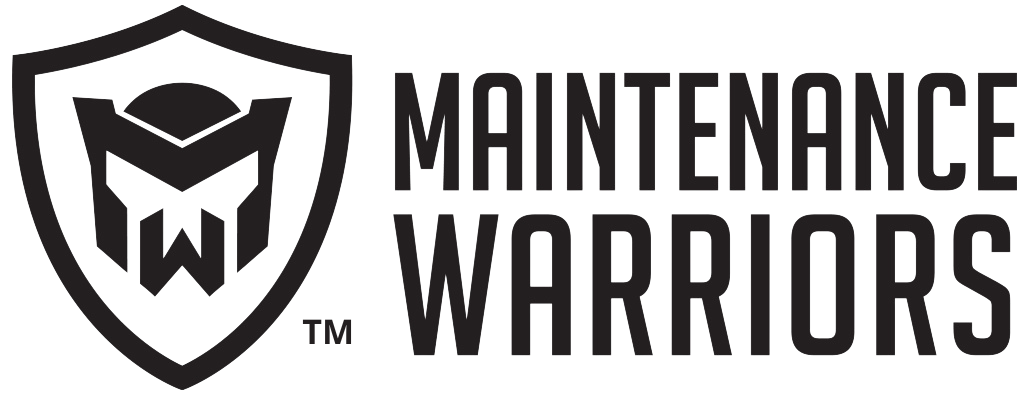Maintaining a sterile and hygienic environment in healthcare facilities and laboratories is essential for patient safety, regulatory compliance, and operational efficiency. These spaces require specialized cleaning protocols that go beyond standard janitorial services to prevent contamination, control infections, and ensure a safe working environment for healthcare professionals and researchers.
Strict Infection Control in Healthcare Facilities
Medical environments, including hospitals, clinics, and outpatient centers, are high-risk areas for the spread of infections. Pathogens can linger on surfaces for extended periods, making routine and thorough cleaning a necessity. Proper cleaning techniques target high-touch areas such as medical equipment, door handles, and patient beds, reducing the risk of cross-contamination.
Sanitization protocols in healthcare settings follow strict guidelines set by regulatory bodies such as the CDC. Using hospital-grade disinfectants, allowing proper dwell time for cleaning agents, and implementing systematic cleaning rotations are all crucial steps. Medical facilities must also separate cleaning tools designated for different areas to prevent the spread of bacteria from one space to another.
Ensuring Compliance with Lab Cleaning Standards
Laboratories require controlled environments to protect the integrity of research and diagnostic procedures. Cleaning standards in these facilities focus on preventing contamination that could compromise test results or laboratory samples. Workstations, fume hoods, and storage areas must be disinfected regularly with non-reactive cleaning agents that do not interfere with chemical compounds or biological specimens.
Proper ventilation system maintenance also plays a role in reducing airborne contaminants. Dust and microorganisms can circulate through lab spaces if filters are not cleaned or replaced regularly. Implementing high-efficiency particulate air (HEPA) filtration and using specialized cleaning methods ensures a controlled and sterile laboratory environment.
The Role of Personal Protective Equipment in Cleaning
Cleaning professionals in healthcare and laboratory environments must adhere to strict safety protocols, including the use of personal protective equipment (PPE). Gloves, masks, gowns, and protective eyewear safeguard workers from exposure to hazardous chemicals, pathogens, and biohazardous waste.
Proper waste disposal is another critical aspect of maintaining cleanliness. Medical waste, including sharps and contaminated materials, must be handled and disposed of according to strict industry regulations. Specialized waste bins and color-coded disposal systems help prevent accidental exposure and ensure compliance with health and safety standards.
Reducing Cross-Contamination with Zone-Specific Cleaning
Different areas within a healthcare or lab facility require unique cleaning approaches. Operating rooms, patient exam rooms, research labs, and administrative offices each have distinct sanitation needs. Using separate cleaning tools and designated staff for specific areas reduces the risk of cross-contamination.
A structured cleaning plan that incorporates detailed protocols for each zone ensures thorough sanitation without the risk of spreading contaminants from one section to another. The use of disposable cloths, single-use mop heads, and antimicrobial cleaning solutions adds an extra layer of protection.
Expert Cleaning Solutions for Sensitive Environments
Healthcare and laboratory facilities demand a level of cleanliness that cannot be achieved through standard commercial cleaning services. The complexity of these environments requires specialized knowledge, training, and a commitment to following the highest sanitation standards.
Maintenance Warriors provides expert cleaning services designed to meet the needs of healthcare and lab facilities. With a structured approach to infection control, compliance, and workplace hygiene, businesses can rely on professional cleaning solutions that enhance safety, prevent contamination, and support a sterile working environment. Maintaining a clean and controlled space is essential for protecting both employees and the patients or researchers who depend on these facilities.

